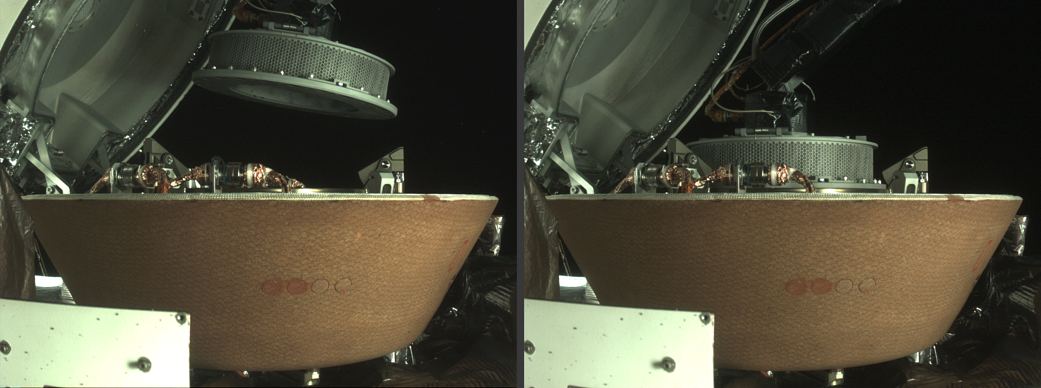NASA’s Osiris Rex mission has just reached a major milestone with a successful collection of a sample of material from the asteroid Bennu. Now the material is safely stowed and on its way back to Earth.
The asteroid belt is the solar system’s ultimate time capsule. The rocky debris scattered across all those millions of miles is the leftover material from the formation of the solar system, left essentially unchanged for billions of years. Understanding the members of the asteroid belt, and especially what they’re made of, can help us solve some long-standing mysteries in the deep history of our system.
The downside is that the asteroid belt is really, really far away, situated between the orbits of Mars and Jupiter. So we can’t exactly send crewed missions there (at least not yet ), and the asteroids themselves are so small that we can’t yet land a rover on them.
So if we can’t go to the asteroid belt, we need to bring the asteroid belt to us.
this is one of the primary goals of the OSIRIS-REx mission, which launched from Earth in 2016. The mission’s target is the asteroid Bennu, an assuming rock with a 1/3-mile diameter on a convenient Earth-crossing orbit. The main part of the mission will orbit the little asteroid and study it for years to come. But another key component of the mission was to reach out, grab a piece of that asteroid, and send it in a capsule to return to Earth so that we can study it in our laboratories.
The attempt to grab some Bennu dust was overwhelmingly successful, so much so that the capsule couldn’t quite close as it was overflowing with material. But NASA has reported that the capsule is now closed and safely stowed, and ready for its journey back home.
You can see it in the image above, where the spacecraft’s Sample Return Capsule has been successfully closed after the Touch-And-Go Sample Acquisition Mechanism (TAGSAM) arm moved the sample into the proper position.
That sample won’t make it back to Earth until 2023, at which point the sample will be distributed to laboratories around the world for further study.

